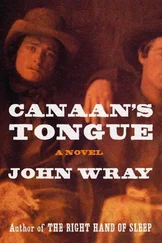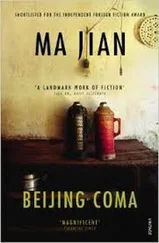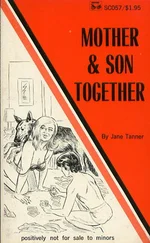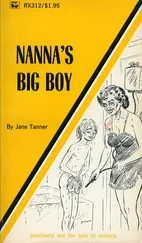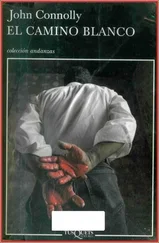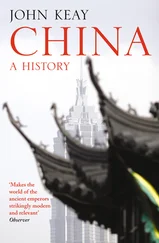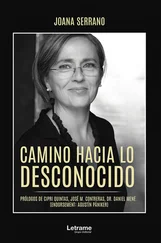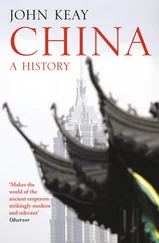Despite these extraordinarily well-trained teachers, however, Toomer’s education at school was apparently not nearly as fulfilling as those evenings spent with his beloved Uncle Bismarck, when he was the center of attention and Bismarck’s mesmerizing pedagogical methods opened his nephew’s mind to facts and mysteries at a pace that suited him best. Toomer found in Bismarck a badly needed father figure, of course; but he also had learning difficulties that even a school as sophisticated as Dunbar would have been ill-prepared to meet: “I had difficulty in learning to read. For some reason or other, try as hard as I would I couldn’t get on the inside of the thing: the letters and characters obstinately withheld their sense from me, and the lines of words behind which meaning lurked were like closed doors which stubbornly refused me entrance. I gazed with hopeless amazement at the older children, the teacher, the grownup members of my family who read so easily and seemed to think nothing of it.” 41Whether Toomer was dyslexic or merely a slow reader it is difficult to know, but in due course he overcame this frustration with deciphering the written word: “In time, however, reading had become just an ordinary thing which I was compelled to continue. I found but little to attract me in the various school readers. Some of the stories I liked, but they were not half as wonderful as those told me by Bismarck, and moreover, whatever pleasure or interest they may have had for me was spoiled when they were put through the mill of classroom recitations.” 42
Toomer, like many people with learning disabilities embarrassed by their inability to learn at a pace with other students, created diversions in school: “I was the class-room cut up,” he recalls, “and the teacher’s problem.” 43Kerman and Eldridge speculate that Toomer’s disruptive classroom behavior may have had its roots in his resentment at being separated from his white friends on Bacon Street and the shock of attending a black school: “Surely resentment at being arbitrarily shut out of his group, as well as the inevitable lack of resources at a black school in Washington at the height of the Jim Crow era, would have affected what was offered to him and how Jean would accept it.” 44Though highly unlikely, as we shall see, these factors could possibly explain why the “little whippersnapper,” as his grandfather called him, was uncomfortable at the Garnet School, and necessarily at odds with its pedagogy: “I resented and resisted it. I had an almost constant feeling that I was being maltreated.” 45Nonetheless, as something of a self-consciously privileged child — a child with an almost mythic grandfather and an absent father whom he would seek to transform into a myth — living in a community in which light skin color could signify upper-class status, Toomer was able to use his class status to his advantage in the classroom: “At the same time, I had a lot of fun in school. Some of this fun was natural to the gay spirit of childhood. Some sprang from an instinctive resistance to authority…. I felt somewhat privileged and immune owing to grandfather’s position and influence…” 46
Toomer’s matriculation at Garnet Elementary School and Dunbar High School afforded him the opportunity to acquire a very special education in what James Weldon Johnson, describing his years at Atlanta University (both the preparatory school and the university), termed the “arcana of race.” 47For Johnson, who would later correspond with Toomer regarding the possibility of the inclusion of some of his poems in a revised edition of his The Book of American Negro Poetry (1922, 1931), “the initiation into the arcana of race” meant “preparation to meet the tasks and exigencies of life as a Negro, a realization of the peculiar responsibilities due to my own racial group, and a comprehension of the application of American democracy to Negro citizens.” 48Toomer’s initiation into the arcana of race would mean something quite different altogether. As he claims in his autobiography, he “formed and formulated” his racial position in the summer of 1914 just before he left Washington to matriculate at the University of Wisconsin. 49He took this important step toward self-definition because he was keenly aware of his hybrid racial background, the racial ambiguity of his physical appearance, the questions and stares it elicited, the fact that he had lived in both the white and black worlds, and that he could, if he chose, continue to do so, or even choose one over the other.
When Toomer attended the Garnet School, he was living in the home of his grandparents, which was located on Bacon Street in a neighborhood that at the time was composed of wealthy whites. During these years between 1894 and 1906, Toomer’s neighbors and playmates were white, but his classmates at Garnet School were all black. In 1906, Toomer’s mother, Nina Pinchback, remarried and moved to New York with her son and second husband, Archibald Combes, a traveling salesman for the Metropolitan Life Insurance Company. During this second and relatively brief marriage, Toomer lived and attended schools for three years in the white neighborhoods in Brooklyn and also in New Rochelle. After his mother’s tragic, apparently avoidable death by appendicitis in the summer of 1909, Toomer returned to Washington, D.C. Here, he lived with his Uncle Bismarck and his family on Florida Avenue in a black neighborhood. A year later in 1910 he enrolled at Dunbar High School. Now, for the second time in his life, Toomer found himself attending school in what he described as “the colored world.” 50But in fact, all of Toomer’s primary and secondary education, except for the three years in New York, took place in “the colored world,” under black teachers, surrounded by all-black classmates, in an all-black cultural environment. For Toomer, however, “the initiation into the arcana of race” did not mean preparation for “life as a Negro” and leadership among the race as it would be for Johnson and other members of Du Bois’s talented tenth. Rather, Toomer would have us believe that this initiation would be a means of acquiring an understanding of social relations and the operations of power as a member of what he termed “an aristocracy — such as never existed before and perhaps never will exist again in America — midway between the white and Negro worlds.” 51
But Toomer and his family did not live “midway” between these two worlds; rather, they lived, to a greater or lesser degree, as light-skinned black people who, for a time, managed to defy the color line and live in white residential neighborhoods. The Pinchbacks were undoubtedly aristocrats within the black world, but more likely were visitors or voyeurs or interlopers within the white world. The fact that Toomer attended the Garnet School even when his family lived in a white neighborhood underscores how rigid racial boundaries, in fact, were in Washington. By no stretch of the imagination, despite Toomer’s claims to the contrary, did this class of Negroes enjoy equal status with their white class peers, especially in racially stratified Washington, D.C., at the beginning of the twentieth century. Toomer, clearly, is asserting this claim — just as he had done about his grandfather passing as a Negro — to lay the autobiographical and sociological groundwork for his self-fashioning as a pioneering member of a new elite, an upper class of mixed-race individuals who would be points of mediation between white Americans and black Americans.
From 1909 to 1914, Toomer once again was a member of Washington’s fabled colored aristocracy, a world he would analyze and critique to great effect. Toomer is at pains to assure us that the transition into this world involved no hardship for him: “It was not difficult to do so. I accepted this as readily as I had accepted living in Brooklyn and New Rochelle.” 52Writing in an elegiac mode, Toomer reconstructs the character of the world he entered when he took up residence with his Uncle Bismarck after returning from New York, along the way arguing implausibly that this class of Negroes just “happened” arbitrarily to be defined as Negroes, as if the history of their families’ racial identification and the history of their participation in Negro culture had had no relevance on the shaping of their identities: “In the Washington of those days — and those days have gone now — there was a flowering of a natural but transient aristocracy, thrown up by the, for them, creative conditions of the post-war period. These people, whose racial strains were mixed and for the most part unknown, happened to find themselves in the colored group. They had a personal refinement, a certain inward culture and beauty, a warmth of feeling such as I have seldom encountered elsewhere and again…. All were comfortably fixed financially, and they had a social life that satisfied them…. The children of these families became my friends.” 53
Читать дальше



